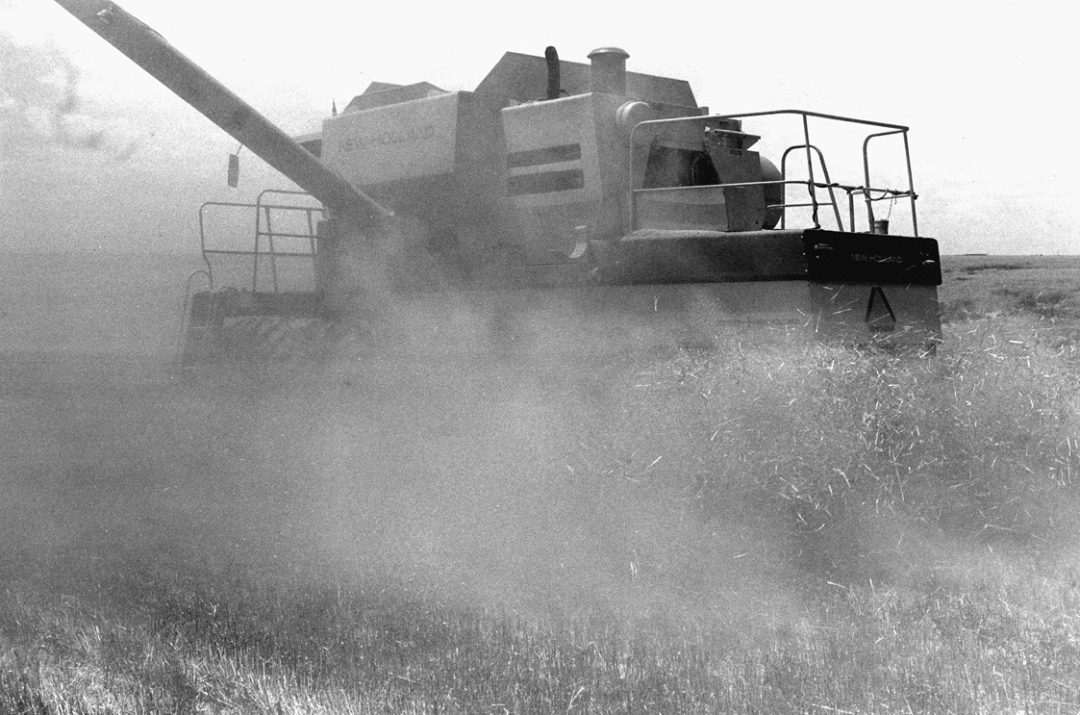No-Till Farmer
Get full access NOW to the most comprehensive, powerful and easy-to-use online resource for no-tillage practices. Just one good idea will pay for your subscription hundreds of times over.

PERHAPS YOU HAVEN’T thought about the amount of dust you generate in a given day. But lawmakers have, and that’s why the U.S. Environmental Protection Agency is taking a hard look at the amount of dust generated on farms and how this dust affects both air quality and human health.
The area that’s seen the most impact from these new air quality regulations so far is California. For many years, the southern San Joaquin Valley has been labeled a “non-attainment” area for air quality. And the dust classification with the most impact on agriculture is PM-10.
PM-10 materials are small particles between 2.5 micrometers and 10 micrometers in size that can lodge in your lungs and lead to serious health concerns. That’s 25 to 100 times thinner than a human hair. While these particles can come from a variety of sources, the demanding conventional tillage rotations for agriculture in the valley kick up a lot of dust — much of it classified as PM-10, which can bypass the human body’s respiratory defenses, thus impacting health.
Producers in the affected California counties must have a Conservation Management Practices plan developed, with specific programs in place to reduce the amount of dust generated on their farms. “This can be a tall order for producers who may go over the same ground 10 times or more for one crop,” says Jeff Mitchell, of the department of plant sciences at the University of California, Davis.
“While no-till has shown benefits in the…